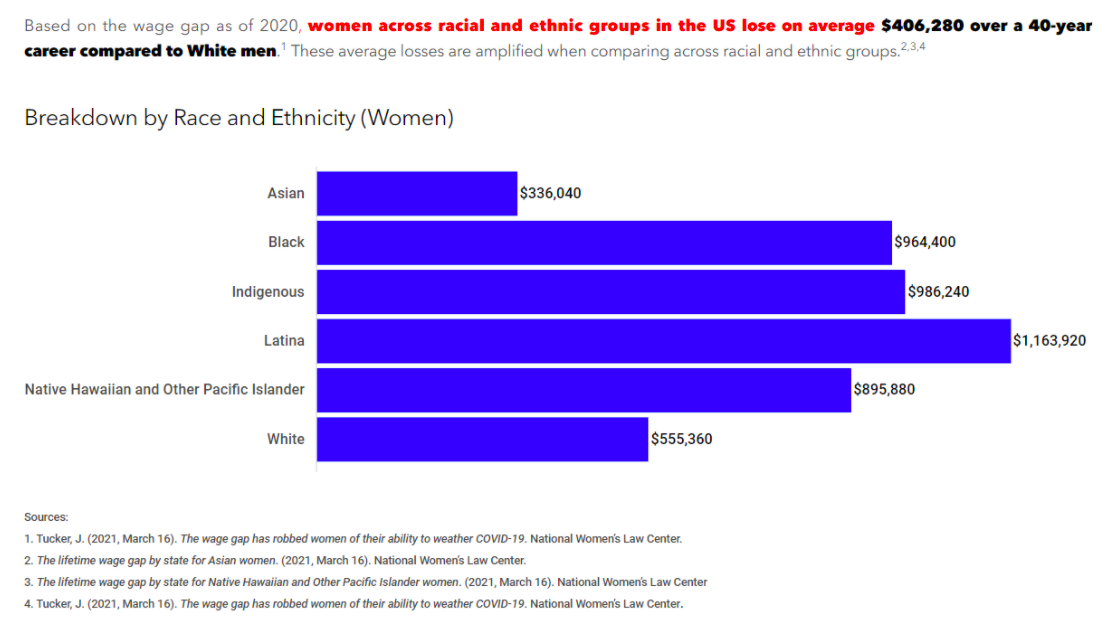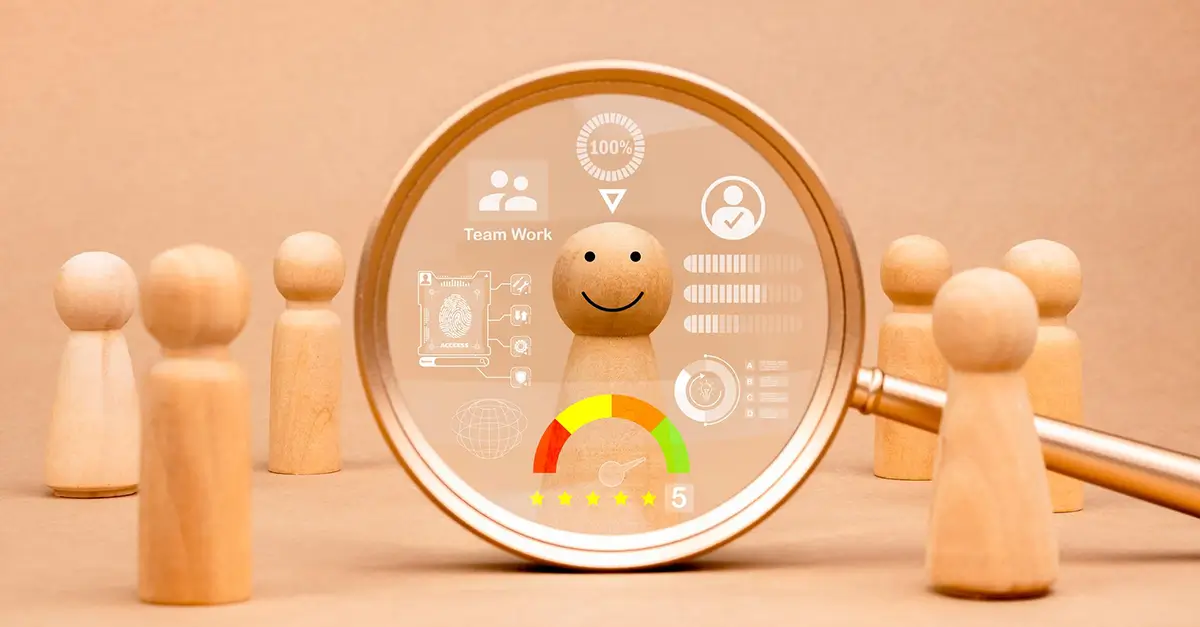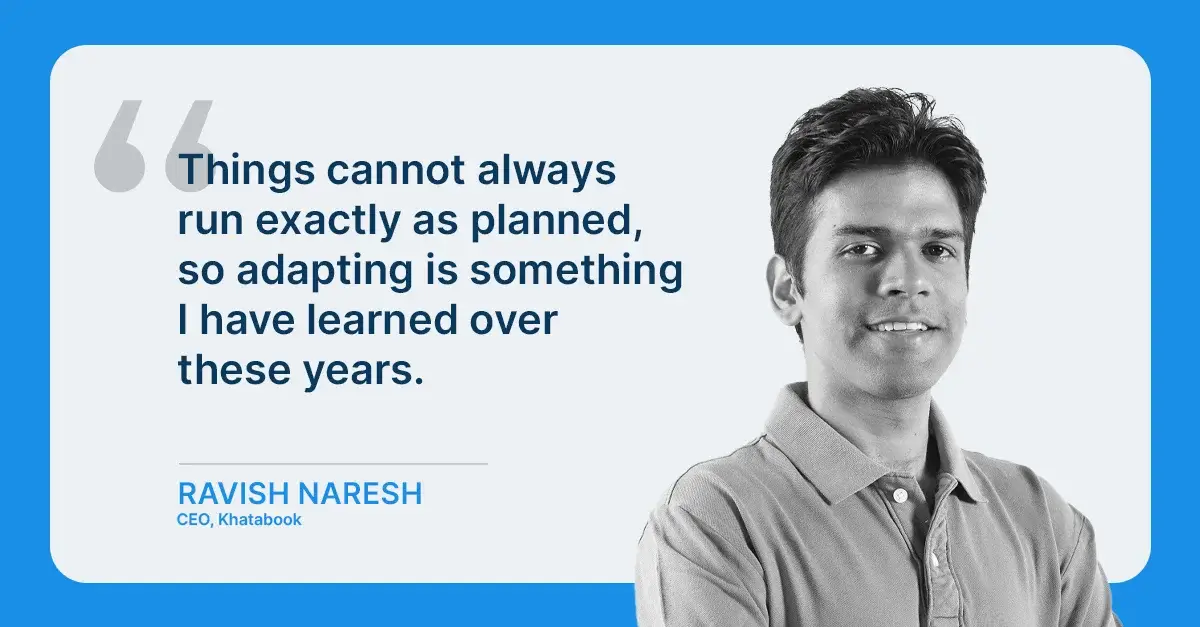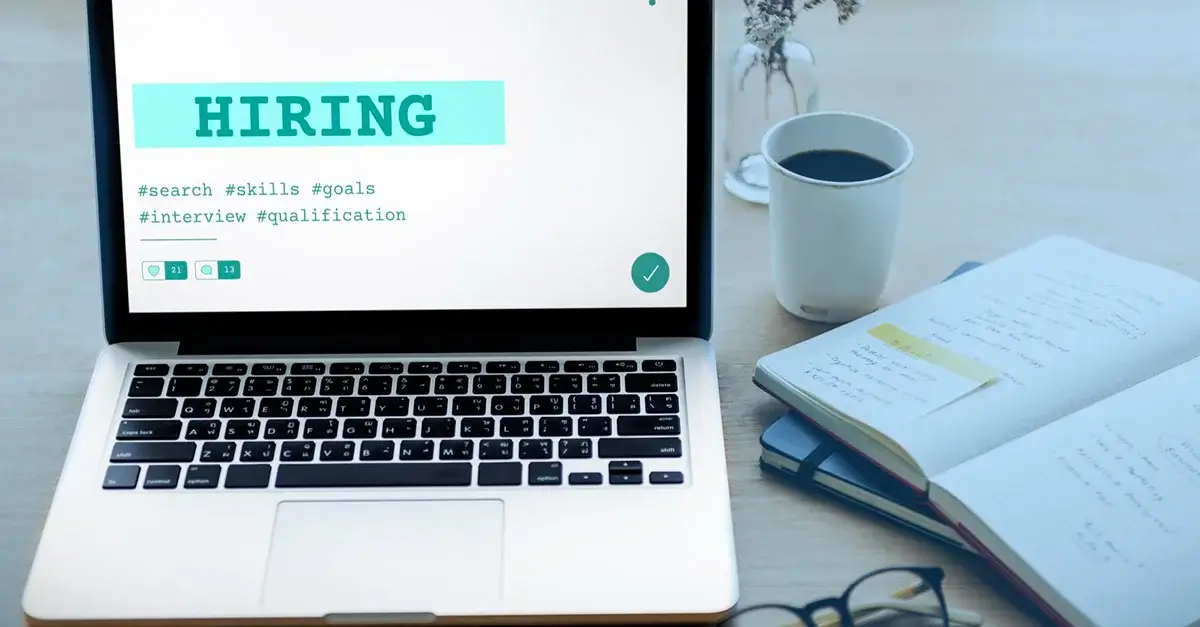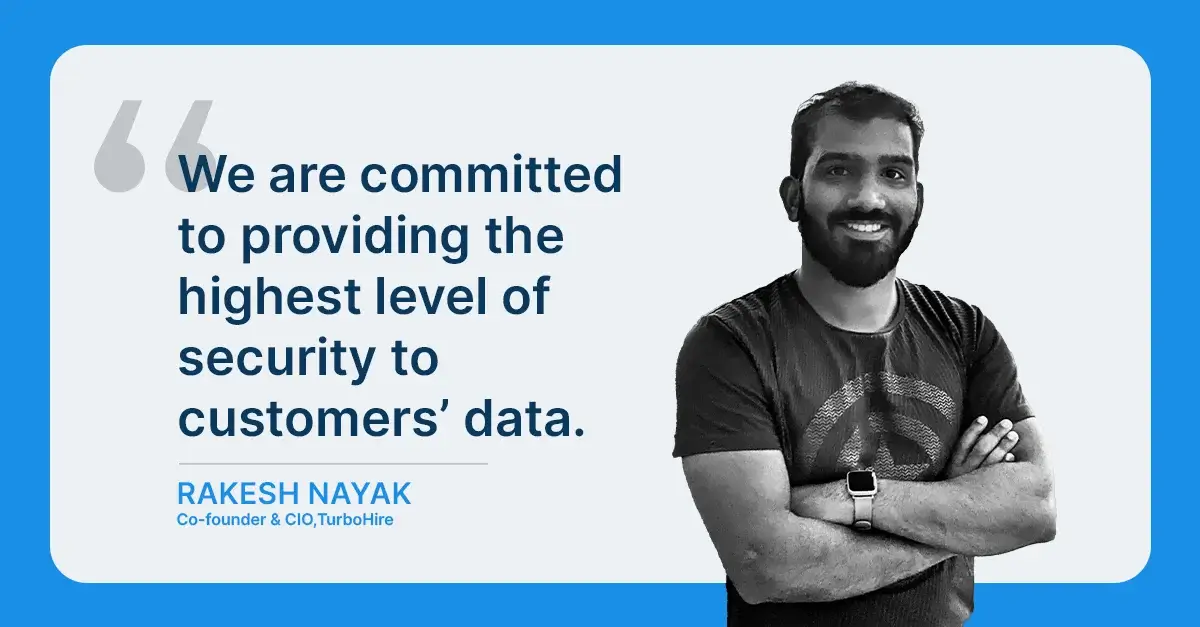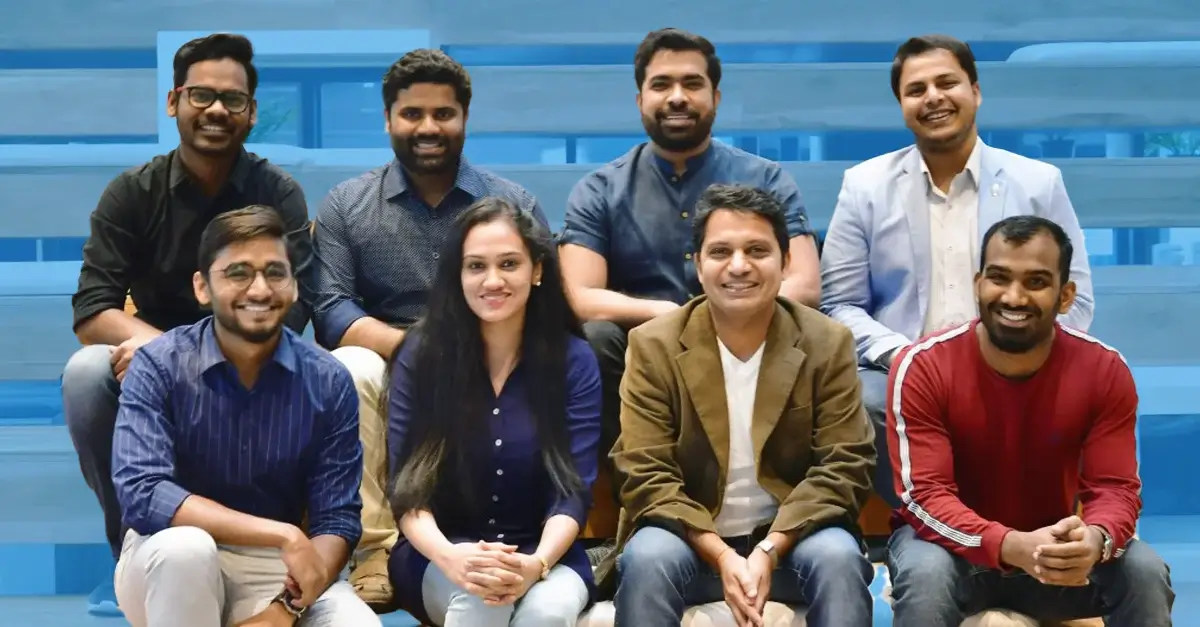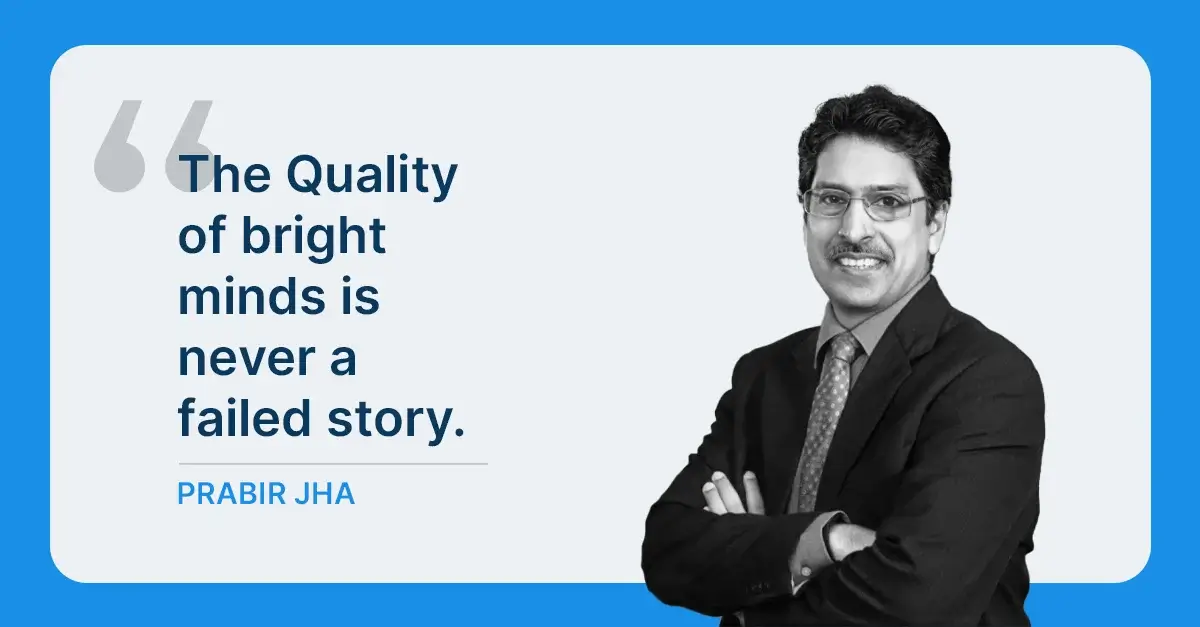The workplace is filled with all kinds of biases and organizations must strive for equity for all employees to create an inclusive workplace. Here you might notice the word equity which is not the same as equality. Equity and Equality are closely related, however, equity takes into account the real-world exceptions, differences, or realities in a given situation. Some of us may think equity entails special treatment, however, it’s important to realize that those advantages or barriers are due to systems, biases, and privileges outside of individual control which were developed over time due to the stereotypes that already exist in our society.
What exactly do we mean by bias and stereotypes?
Bias sounds like an intentionally negative action or opinion. However, there are unconscious biases that might affect your behavior even without your knowledge. Biases are normally based on mistaken assumptions, inaccurate or incomplete information. The effects of these biases show up in the workplace in unconsciously deciding who gets hired, recruited, and promoted, or the partial treatment of employees by managers and colleagues.
It is human to create cognitive shortcuts to save time and process situations quickly. But because these shortcuts can happen automatically, they can lead to bias and stereotypes. Unconscious bias can result when this process unfolds outside of our awareness.
For example, let’s take this classic riddle “A father and his son are in a car accident. At the hospital, the surgeon says, ‘I cannot operate on this patient, he is my son.’ How is this possible?”
The answer is pretty straightforward, take a moment, and if you’re still not able to figure out the answer that the mother is the surgeon then that can be termed unconscious bias.
Assumptions of Gender Careers
At an impressionable age itself, society plays an important role in influencing young minds on gender stereotypes. These biases and stereotypes can have dramatic effects when they happen at work and can affect gender equity.
The below video is an example of kids assuming certain professions can only be performed by a certain gender.
This isn’t something that the kid was born with the knowledge of, it is something the various influencing mediums in our society have imposed as a thought on the child. Here is a school trying to correct it at a young age. Now not just the school, but everyone has an important role to play in breaking the gender stereotypes. This I think is very important if we have to tackle the issue of gender bias at an early age before our society starts to impose stereotypes on young minds through multiple channels.
Please read: Harmful types of unconscious bias and how to interrupt them. (2020, January 2) Catalyst. https://www.catalyst.org/2020/01/02/interrupt-unconscious-bias/; Infographic: What is Unconscious Bias? (2014). Catalyst. https://www.catalyst.org/research/infographic-what-is-unconscious-bias/
Gender Bias at Workplace
What are some instances of gender bias at the workplace that we see in our day-to-day professional careers?
- Meetings: In the meetings, often it so happens that women are talked over, given less space at the table, interrupted, and sometimes even lose the credit for their ideas.
- Double Bind: A woman can be undermined in the workplace by how men view her personality. Often, she is in a “Double Bind” seen as too nice and therefore incompetent, or competent and therefore mean.
- Harassment: As many as 85% of women in the United States have experienced sexual harassment in the workplace. Often, they are too afraid to report it. And sexual harassment is not just a problem in the United States. Worldwide, over 2 billion women have experienced some form of sexual harassment.
- Leadership: The leadership in an organization seems to be mostly male-dominated and therefore the performance indicators are also biased towards male employees.
Gender Bias in Talent Management Systems
Gender Bias can even infiltrate talent management systems and create an endless cycle that cascades down to every employee at every level of an organization.
- Senior Leadership: As we discussed earlier the leadership in an organization mostly tends to be male and this may very well lead to the leadership valuing stereotypically masculine behaviors and skills.
- HR team: Since the HR team translates the leadership values of an organization into the talent management systems, everyone is judged based on masculine values, which puts women at a disadvantage.
- Managers: Managers use HR tools to gauge the performance of the employees and find male employees as best suited because stereotypically masculine behaviors are baked into the system.
- Employees: Based on the biased evaluations, male employees tend to get an advantage over female employees and the cycle continues.
As of 2020, around 47% of women globally participate in the labor force, compared to 74% of men. Women also only make up for 31% of senior roles and this is the highest proportion of women in leadership ever recorded.
Gender Pay Gap
The gender pay gap is a global phenomenon, wherein an equal amount of work is done by men and women but there is a pay gap. And the gap only increases with the women’s age and experience. According to the United Nations, women globally earned 77 cents for every dollar men earned in 2020, and there’s nothing to indicate that the gap will close anytime soon.
Here is an interesting video that illustrates the gender pay gap and the way children react to it.
Overcoming Gender Inequities
It’s important for an organization to overcome these gender inequities by creating an inclusive culture within the organization.
- Inclusive Leadership: Cultivating our inclusive leadership skills is a vital step in progress towards gender equity. Be inclusive every day, in every action, and every decision. Empower the team, make sure the women in the organization are treated fairly and provide mentorship and other support systems so that they can flourish at work. The leadership must be proactive in seeking out different points of view to create an inclusive culture at the workplace and take ownership and stand by our principles even when it is uncomfortable.
- Unpaid Care Responsibilities: We must work towards reducing the gap between unpaid care responsibilities between men and women in a family setup. Here the work-life balance of men plays an important role if they have to contribute more to the family, it’s important that increased support through policies that allow for a more flexible approach to working hours and careers for both women and men should be implemented.
- Harassment at the workplace is unacceptable: ILO’s Violence and Harassment Convention provides a clear framework and practical actions in this regard since it was shaped by the world of work institutions. Implementation of the Convention should be a top priority for every nation and its organizations.
- Mentoring and Allyship: At every level of an organization there need to be necessary steps taken to encourage and support women employees to perform, to remove discrimination in hiring and promotion, and affirmative action implemented to close the gender gap in the organizations. Leaders should take necessary steps to mentor women employees, colleagues need to be allies and support women and make them a part of the decision-making process in an organization.
There will be many who benefit when companies embrace diversity and inclusion. Women, people from different perspectives, and people of color challenge cognitive biases promoting higher quality ideas and innovation according to MIT Sloan senior lecturer and research scientist Renée Richardson Gosline. Women also score higher than men on 17 of the 19 most important leadership skills, according to a recent study. It’s important that organizations make it one of their principles to provide an inclusive culture and implement affirmative action or positive discrimination policies cascading all levels in the organization to encourage hiring and promoting women at workplaces. In the words of Renée Richardson Gosline ‘Leaving behind any one of us makes all of us suffer. So hold the door open when you walk through it.’
